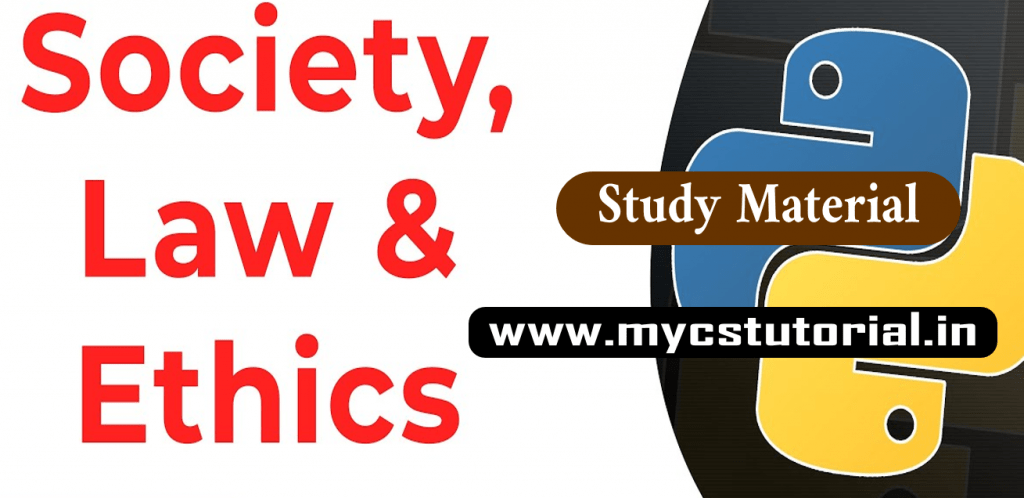Class 12 Computer Science
Ch-11 Data Communication
NCERT Book Exercise Solution (Scroll down to view the solution)
A Quick Review – Summary
• Data communication refers to the exchange of data between two or more networked or connected devices like laptops, PC, printers, routers etc.
• Sender, receiver, messages, channel and protocols are major components of data communication.
• In data communication, transmission media are the links that carry messages between two or more communicating devices. These are broadly classified into guided and unguided media.
• In guided transmission, there is a physical link made of wire/cable through which data in terms of signals are propagated between the nodes. These are usually metallic cable, fiber-optic cable, etc. They are also known as wired media.
• In unguided transmission, data travels in air in terms of electromagnetic waves using an antenna. They are also known as wireless media.
• The capacity of channels is measured in bandwidth. The unit of bandwidth is Hertz.
• Communication can be done in three different modes — simplex, half-duplex, and full-duplex communication.
• Switching techniques are alternative to dedicated lines whereby data is routed through various nodes in a network. It forms a temporary route for the data to be transmitted. Two commonly used switching techniques are – circuit switching and packet switching.
• Electromagnetic spectrum of frequency ranging from 3 KHz to 900 THz is available for wireless communication. This spectrum range (3KHz to 900THz) can be divided into four categories- Radio waves, Microwaves, Infrared waves and Visible or Light waves, according to their frequency ranges.
• Bluetooth is a short-range wireless technology that can be used to connect mobile-phones, mouse, headphones, keyboards, computers, etc. wirelessly over a short distance.
• Based on the architecture of the mobile network, mobile communication technologies are classified into different generations identified as 1G, 2G, 3G, 4G, and 5G.
• In communication, protocol is a set of standard rules that the communicating parties — the sender, the receiver, and all other intermediate devices need to follow. Flow control, access control, addressing, etc. are examples of protocol.
• HTTP stands for HyperText Transfer Protocol. It is the primary protocol used to access the World Wide Web, which was developed by Tim Berners- Lee at CERN in 1989.
• File Transfer Protocol (FTP) is the protocol used for transferring files from one machine to another. Like HTTP, FTP also works on a clientserver model.
• Point-to-Point protocol (PPP) defines how two devices will authenticate each other and establish a direct link between them to exchange data.
• TCP/IP stands for Transmission Control Protocol/ Internet Protocol. It is a set of standardised rules that uses a client-server model of communication in which a user or machine (a client) requests a service by a server in the network.
NCERT Book Exercise Solution Question and Answer
Ch. 11 – Data Communication
1. What is data communication? What are the main components of data communication?
Answer: The term “Data Communication” comprises two words: Data and Communication.
Data can be any text, image, audio, video, and multimedia files. Communication is an act of sending or receiving data.
Data communication refers to the exchange of data between two or more networked or connected devices. These devices must be capable of sending and receiving data over a communication medium.
Examples of such devices include personal computers, mobile phones, laptops, etc.
Main Components of Data Communication are
(a) Sender (b) Receiver (c) Message (d) Communication media (e) Protocols
2. Which communication mode allows communication in both directions simultaneously?
Answer: Full-duplex Communication, allows two way or bidirectional can send and receive data simultaneously.
3. Among LAN, MAN, and WAN, which has the highest speed and which one can cover the largest area?
Answer: LAN offers the highest speed and WAN covers the largest area.
4. What are three categories of wired media? Explain them.
Answer: Wired media is a physical link made of wire/cable through which data (signals) are propagated between nodes. It is also known as Guided Media.
Wired / Guided Media are classified into three categories:

(a) Twisted Pair Cable (b) Co-axial Cable (c) Fiber-Optic Cable
(a) Twisted Pair Cable :
Twisted-pair consists of two copper wires twisted like a DNA helical structure. Both the copper wires are insulated with plastic covers. Usually, a number of such pairs are combined together and covered with protective outer wrapping.
Each of the twisted pairs acts as a single communication link. The use of a twisted configuration minimises the effect of electrical interference from similar pairs close by. Twisted pairs are less expensive and most commonly
used in telephone lines and LANs.
These cables are of two types: (i) Unshielded twisted-pair (UTP) and (ii) Shielded twisted-pair (STP)

(b) Co-axial Cable
Coaxial cable is another type of data transmission medium. It is better shielded and has more bandwidth than a twisted pair.

it has a copper wire at the core of the cable which is surrounded with insulating material. The insulator is further surrounded with an outer conductor (usually a copper mesh). This outer conductor is wrapped in a plastic cover. The key to success of coaxial cable is its shielded design that allows the cable’s copper core to transmit data quickly, without interference of environmental factors. These types of cables are used to carry signals of higher frequencies to a longer distance.
(c) Optical Fiber Cable
The optical fiber cable carries data as light, which travels inside a thin fiber of glass.
Optic fiber uses refraction to direct the light through the media. A thin transparent strand of glass at the centre is covered with a layer of less dense glass called cladding. This whole arrangement is covered with an outer jacket made of PVC or Teflon.

Such types of cables are usually used in backbone networks.
These cables are of light weight and have higher bandwidth which means higher data transfer rate. Signals can travel longer distances and electromagnetic noise cannot affect the cable.
Optical fibers are expensive and unidirectional. Two cables are required for full duplex communication.
5. Compare wired and wireless media.
Answer: Wired and Wireless Media
| Wired Media | Wireless Media |
| i) Uses a physical path to transmit the data. ii) Known as Guided Media iii) Provide direction to the data signal travelling. Example : Twisted Pair Cable, Coaxial Cable, Optical Fiber | i) Uses a wireless medium air to transmit data. ii) Known as Unguided Media iii) Signal travels in directionless manner i.e. no direction provided. Example: Radio Waves, Microwave, Infrared, Satellite, Bluetooth, etc. |
6. Which transmission media carries signals in the form of light?
Answer: Optical Fiber
Next Page (Questions 7 to 13)
By Anjeev Kr Singh – Computer Science Educator
Published on : February 1, 2022 | Updated on : June 5, 2022







